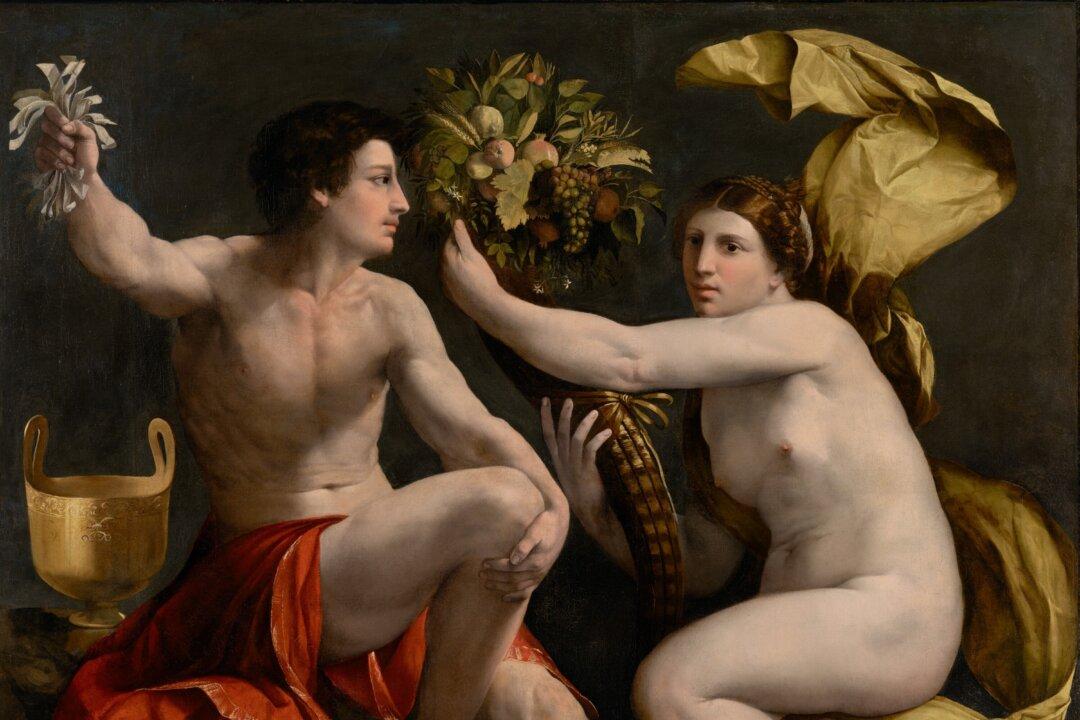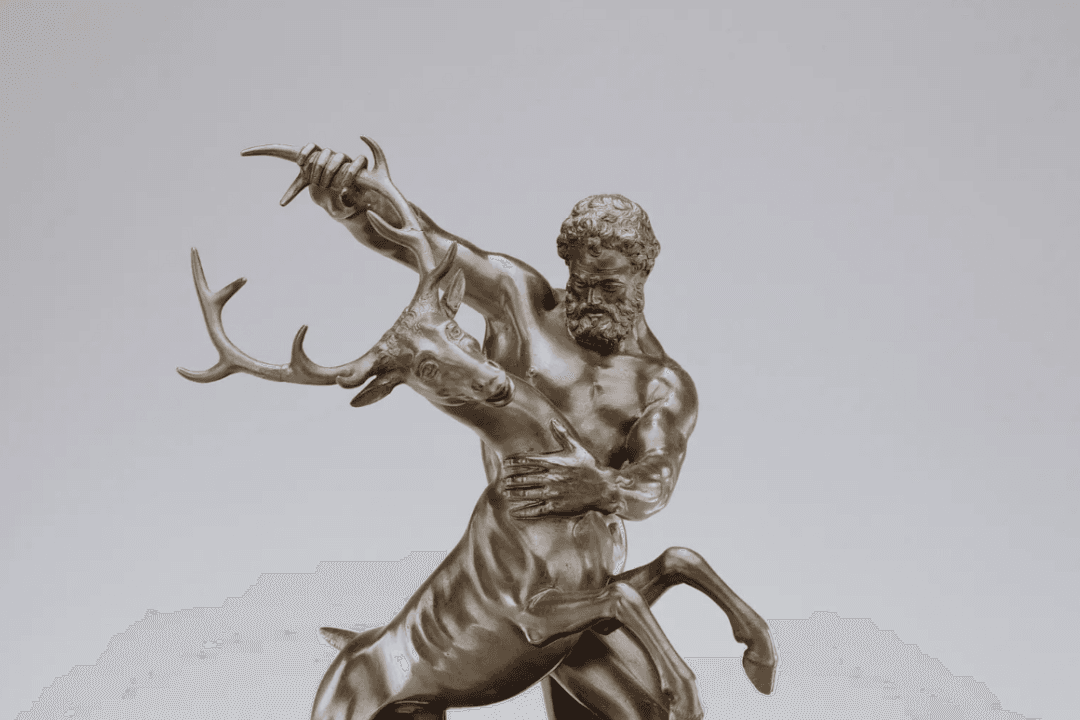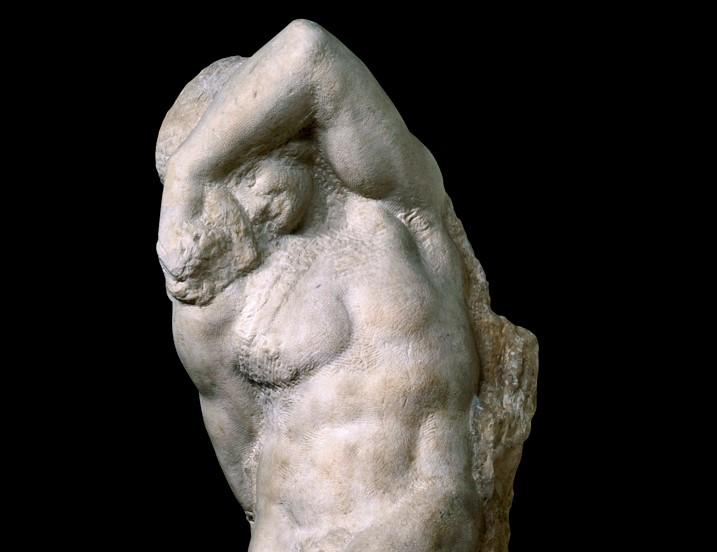Have you ever heard someone describe something as sublime? Over the past 2,000 years, this lofty term has been explained, lost, reexamined, and re-explained. One of its earliest interpretations comes from the first-century Greek literary critic Longinus.
“On the Sublime”—a text of uncertain authorship traditionally attributed to Longinus—he describes the sublime as that which “carries one up to where one is close to the majestic mind of God.” What do we know about the mind of God? For Longinus, a response can be found in the “answer that was given by the man who, when asked what we have in common with the gods, replied, ‘Benevolence and truth.’” Thus, we might call the sublime the experience that divinely elevates us through the things in our very nature that we share with God: benevolence and truth.





